"J" root continuation.
treenutt
5 years ago
Featured Answer
Sort by:Oldest
Comments (12)
treenutt
5 years agoUser
5 years agolast modified: 5 years agoRelated Professionals
70037 Landscape Architects & Landscape Designers · Clemson Landscape Architects & Landscape Designers · Rossville Landscape Architects & Landscape Designers · Sand Springs Landscape Architects & Landscape Designers · Gainesville Landscape Contractors · Cockeysville Landscape Contractors · Dallas Landscape Contractors · Lakewood Landscape Contractors · Stallings Landscape Contractors · Uxbridge Landscape Contractors · Yuba City Landscape Contractors · Cypress Siding & Exteriors · Guilford Siding & Exteriors · Grand Rapids Decks, Patios & Outdoor Enclosures · Lebanon Decks, Patios & Outdoor EnclosuresEmbothrium
5 years agolast modified: 5 years agoUser
5 years agobrandon7 TN_zone7
5 years agotreenutt
5 years agoNorbert (zone 7a - Hungary)
5 years agoUser
5 years agoEmbothrium
5 years agoUser
5 years agotreenutt
3 years ago
Related Stories
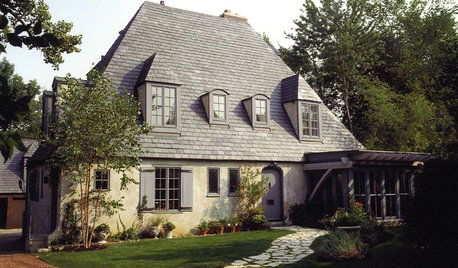
ARCHITECTURERoots of Style: French Eclectic Design Continues to Charm
Hip roofs, towers, quoins ... if your house includes architectural elements like these, you might trace its design lineage to France
Full Story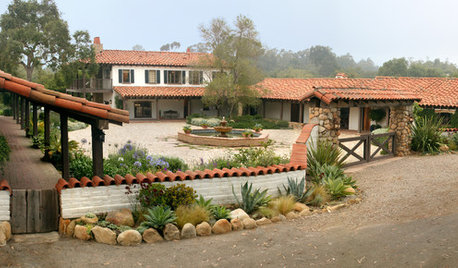
ARCHITECTURERoots of Style: Spanish Colonial
Authentic examples are rare and quickly disappearing, but its widespread influence continues to inspire modern interpretations
Full Story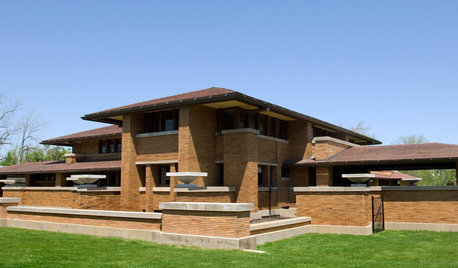
ARCHITECTURERoots of Style: Prairie Architecture Ushers In Modern Design
Twentieth-century Midwestern architects gave us broad-shouldered homes inspired by the landscape and modern times
Full Story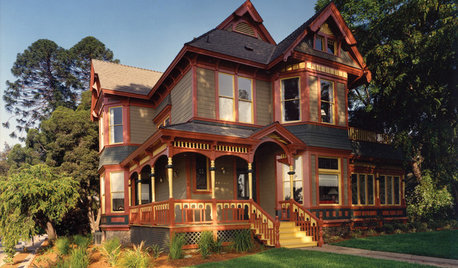
ARCHITECTURERoots of Style: Does Your House Have a Medieval Heritage?
Look to the Middle Ages to find where your home's steeply pitched roof, gables and more began
Full Story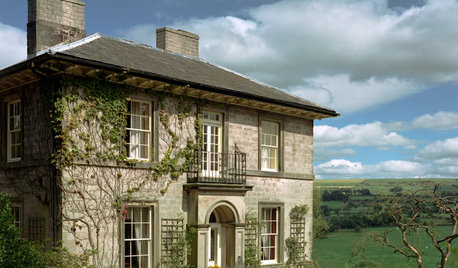
TRADITIONAL ARCHITECTURERoots of Style: Your Home May Have a Renaissance Classical Past
If Georgian, colonial revival or Italianate details are in your house's mix, you might have the 15th century to thank
Full Story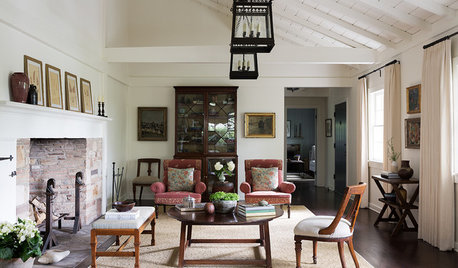
HOUZZ TOURSHouzz Tour: Redo Stays True to a California Home’s Ranch Roots
Vaulted ceilings, windows galore and a simple white palette make for casual indoor-outdoor living
Full Story
ARCHITECTURERoots of Style: See What Defines a Craftsman Home
Charming features and intimate proportions have made Craftsman houses an American favorite. See their common details and variations
Full Story
ARCHITECTURERoots of Style: Where Did Your House Get Its Look?
Explore the role of architectural fashions in current designs through 5 home styles that bridge past and present
Full Story
HISTORIC HOMESMadam C.J. Walker’s Villa Lewaro: A Beacon for Women
The New York mansion of America’s first self-made female millionaire holds out the hope of success through enterprise
Full Story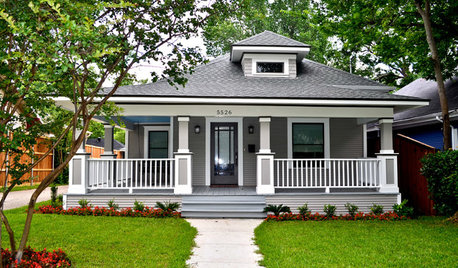
ROOTS OF STYLERoots of Style: The Birth of Modern Architecture
Learn how Prairie, Craftsman, art deco and other styles of the early 20th century came to influence architecture today
Full Story





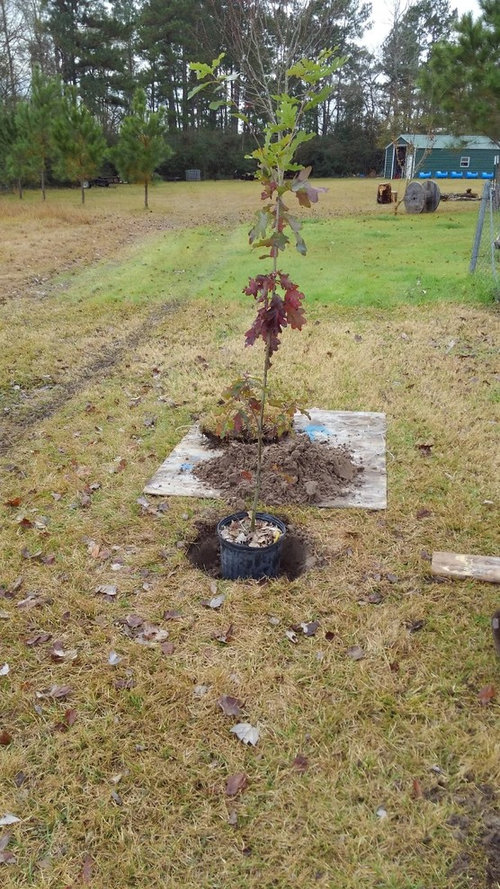
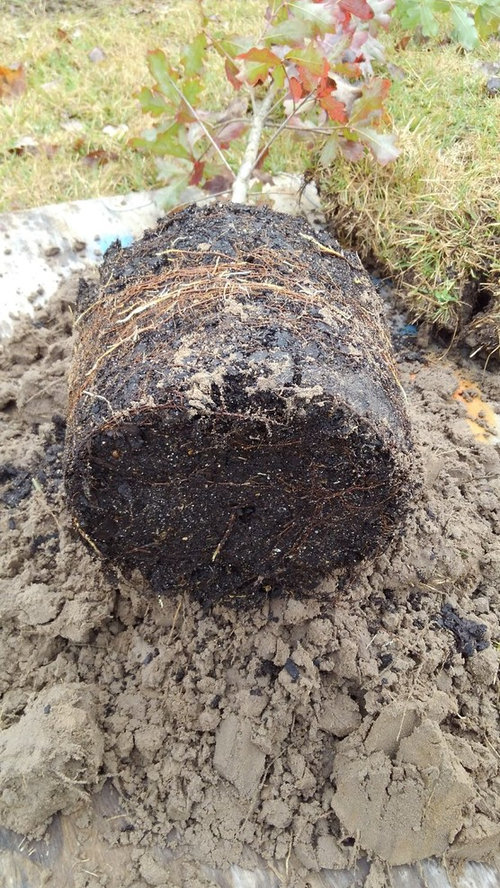
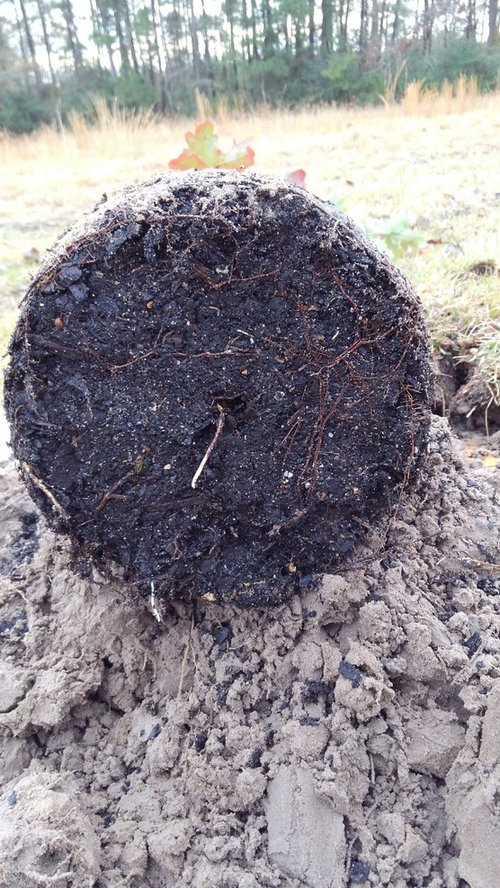

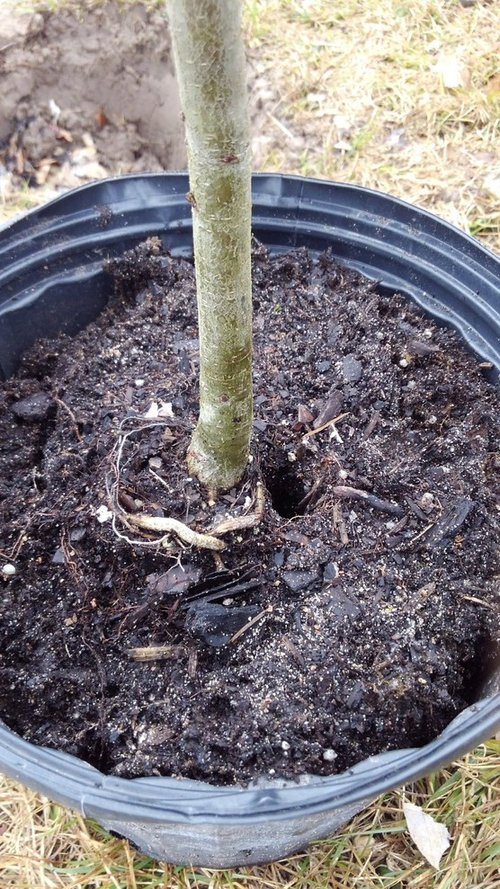
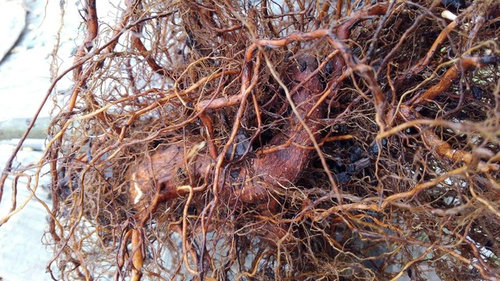
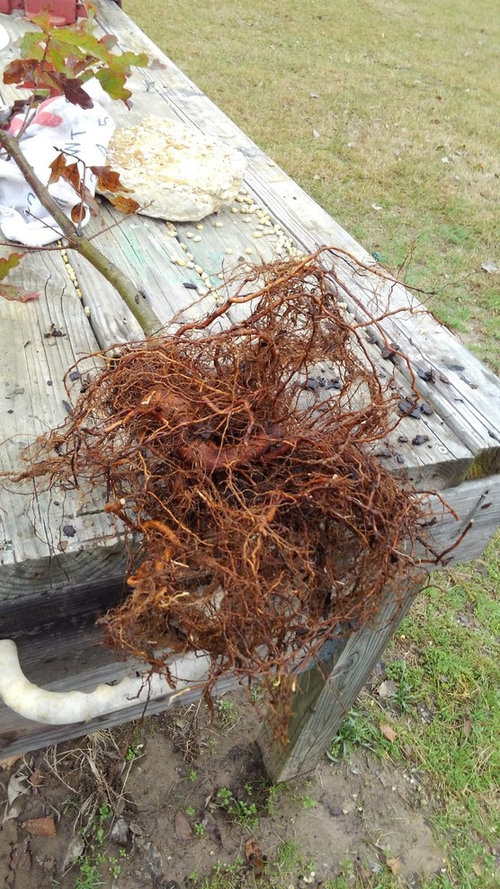
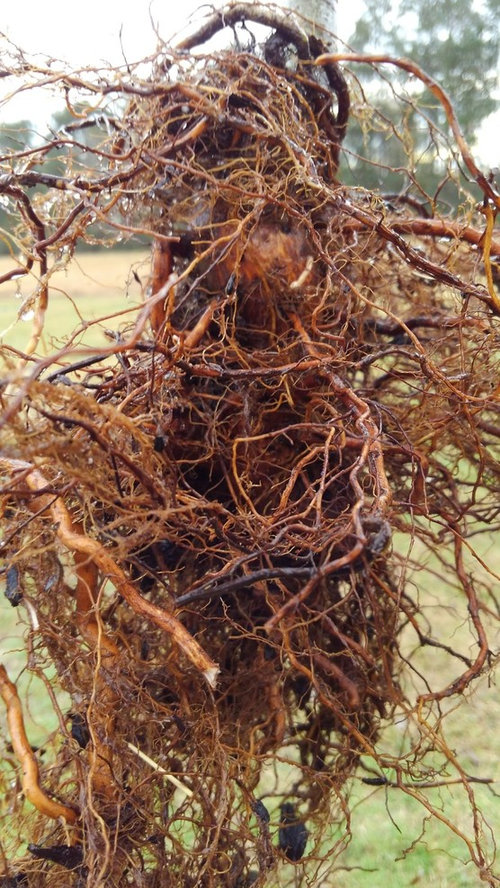

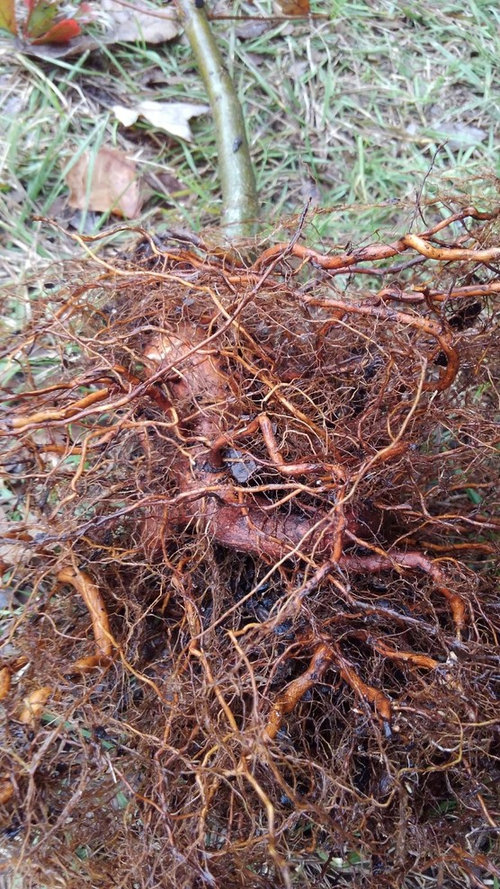
User